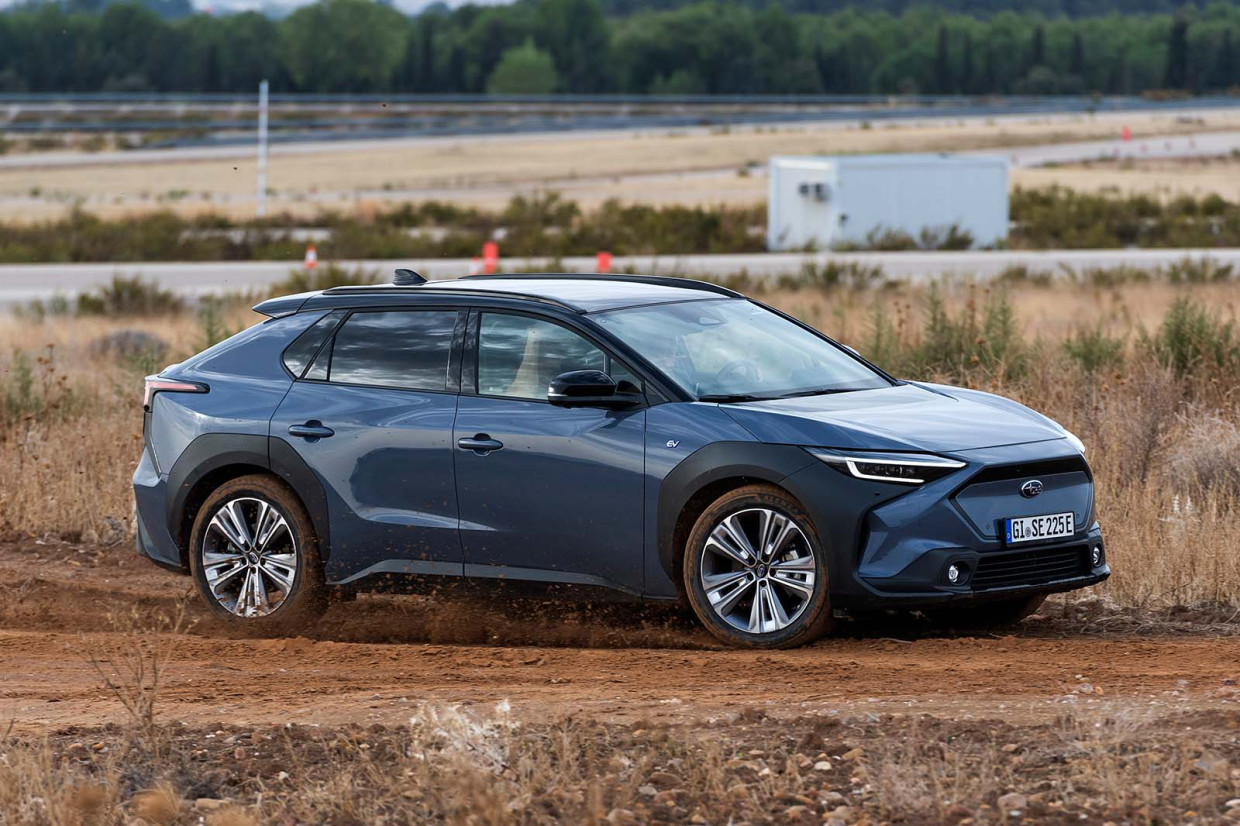
Move Electric rating: four stars out of five
Sell it to me in a sentence...
Subaru’s gone electric, but in a clever way: it’s first electric car, the Solterra, is co-developed with the Toyota BZ4X, and is effectively the same car underneath and inside
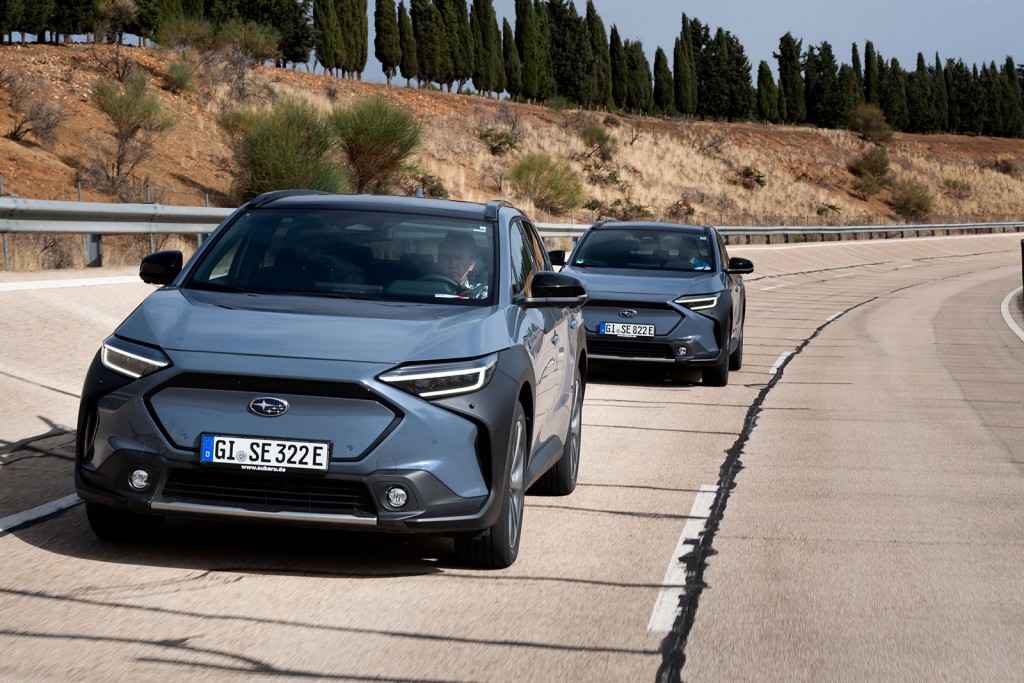
That sounds like copying
The key phrase there is ‘co-developed’. This is not a case of Subaru simply taking the BZ4X and putting its badge on it, which is called badge engineering. The two cars were developed side by side in an equal engineering effort, thus featuring the best Toyota traits and the best of Subaru. There’s no denying there’s still lots in common between the pair, and so much of the specs and interior are the same. It just so happens the BZ4X made it to market first, but the Subaru isn’t too far behind, reaching the UK this month.
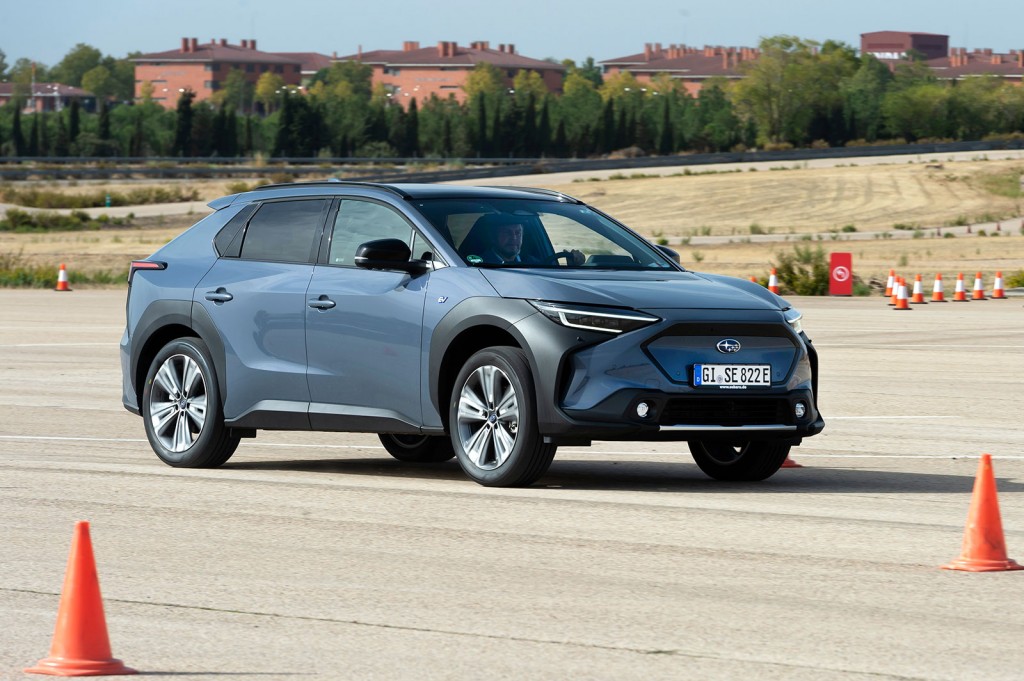
This is the same Subaru that makes all the rally cars?
Yes, but it’s a very different company these days. There have always been two sides to Subaru: the sensible, rationale, geography teacher vibe of its core range of models that major on all-wheel drive stability and security, and then the wild forest-slaying rally car-maker that brought the brand International prominence in the 1990s. Those latter days are behind it, and it’s the former ethos from which the Solterra is derived.
What’s the same as the BZ4X in the Solterra?
The two share the same dimensions and underpinnings. The car is built on Toyota’s e-TNGA platform, which has a 71.14kWh battery pack between the axles, and electric motors front and rear for all-wheel drive (a single motor version is offered on the Toyota, but not the Subaru).
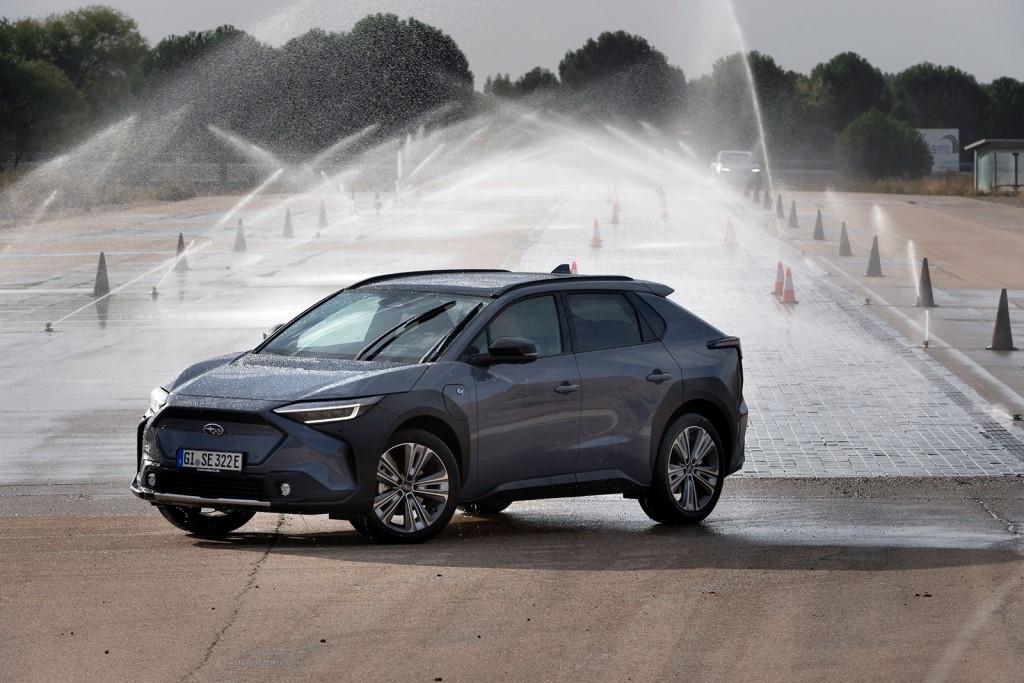
The combined outputs are 160kw and 249lb ft, and it can crack 0-62mph in 6.9sec. The total range is 289 miles and it can charge at speeds of up to 150kw.
What are those differences then?
There are subtle changes to the looks of the car front and rear, as you can see. Then there are the bits you can’t see. Subaru engineers say they have given the car a different tune to the suspension to make it a bit stiffer and for a sportier drive. You can tell a small difference between the pair on the road to that end, yet it’s not a night and day difference, and stiffer doesn’t mean less comfortable. Sporty it is not, though.
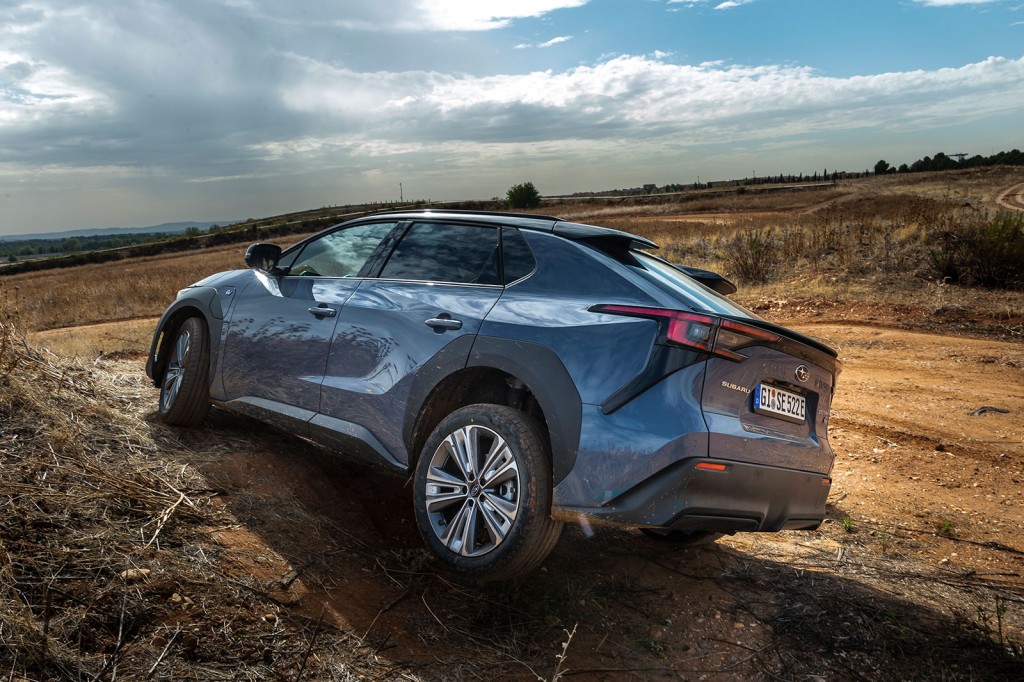
That all-wheel drive system is a permanent one in the Subaru rather than the Toyota, as Subaru buyers demand permanent all-wheel drive for all-weather, all-roads security. This system marginally dents the range of the Solterra compared to the BZ4X as being permanent all-wheel drive demands more from the battery.
In the Solterra, there are also paddles on the back of the steering wheel to control the level of regenerative braking, like in a Hyundai Kona. This feels a bit gimmicky, and it’s better just select the one pedal driving mode instead, which overrides the paddles anyway.
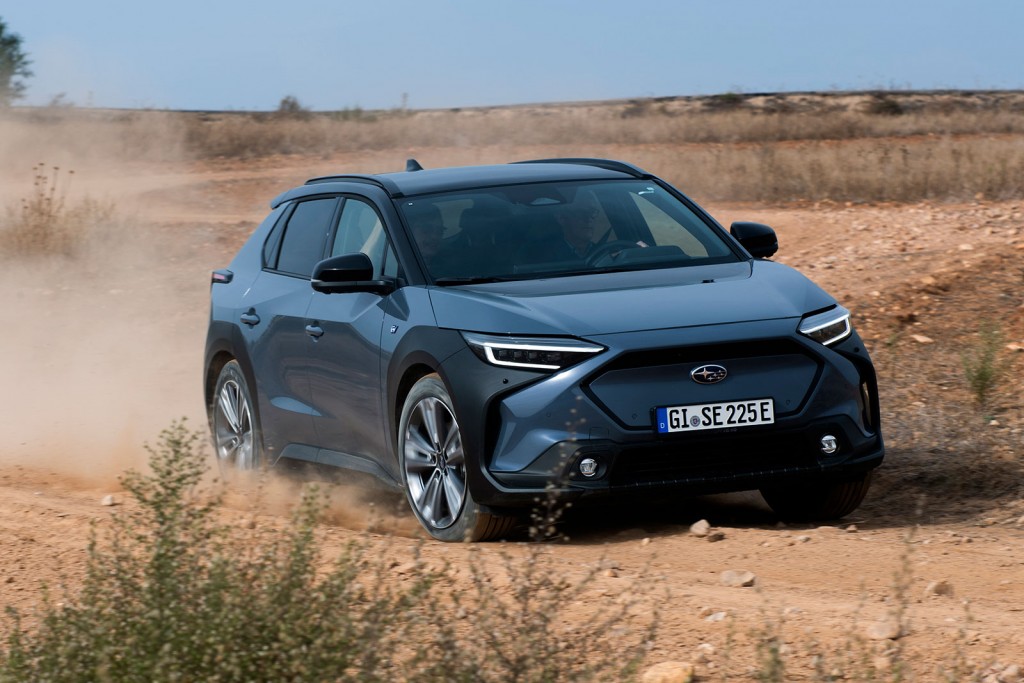
What’s it like to drive?
It’s all very easy going. This feels like one of the modern breed of electric cars where engineers have realised you don’t have to offer the driver every last bit of wheel-spinning power and torque instantly, just because you can. Instead, there’s as much power as you need yet it’s delivered in a much smoother way. It’s all very agreeable, and makes it an easy, relaxing car to drive.
It’s a comfortable one, too. The Solterra rides nicely and deals with scars in the road without sending jolts through the cabin. The steering is precise but lacking any real feel or involvement, ditto the handling. Don’t come here for any excitement, rather dependably and predictably, which is exactly how Subaru buyers want it.
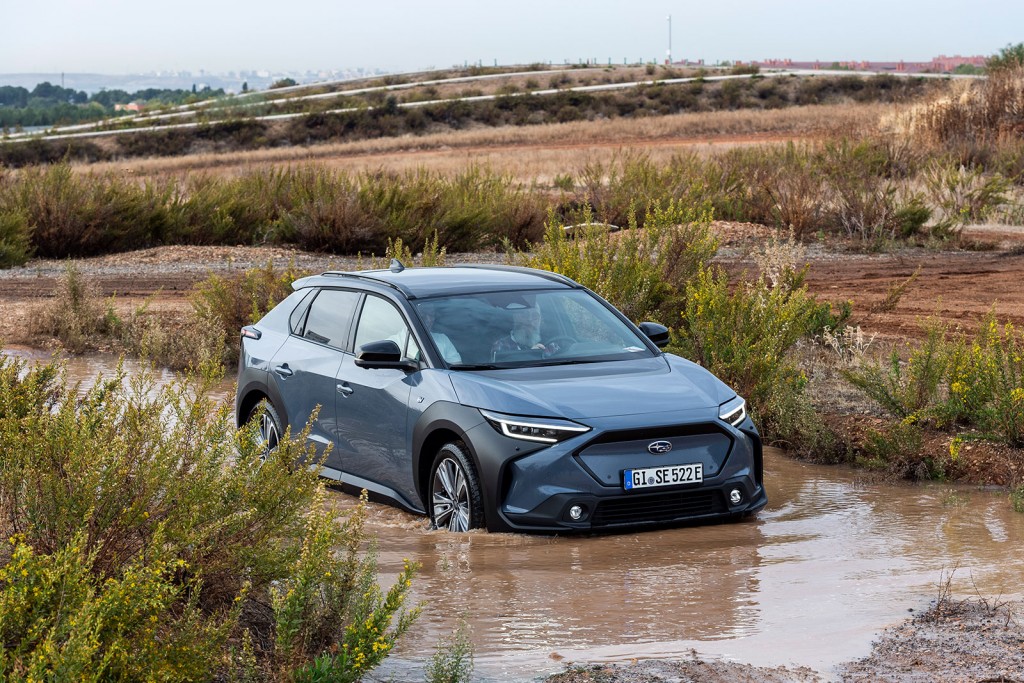
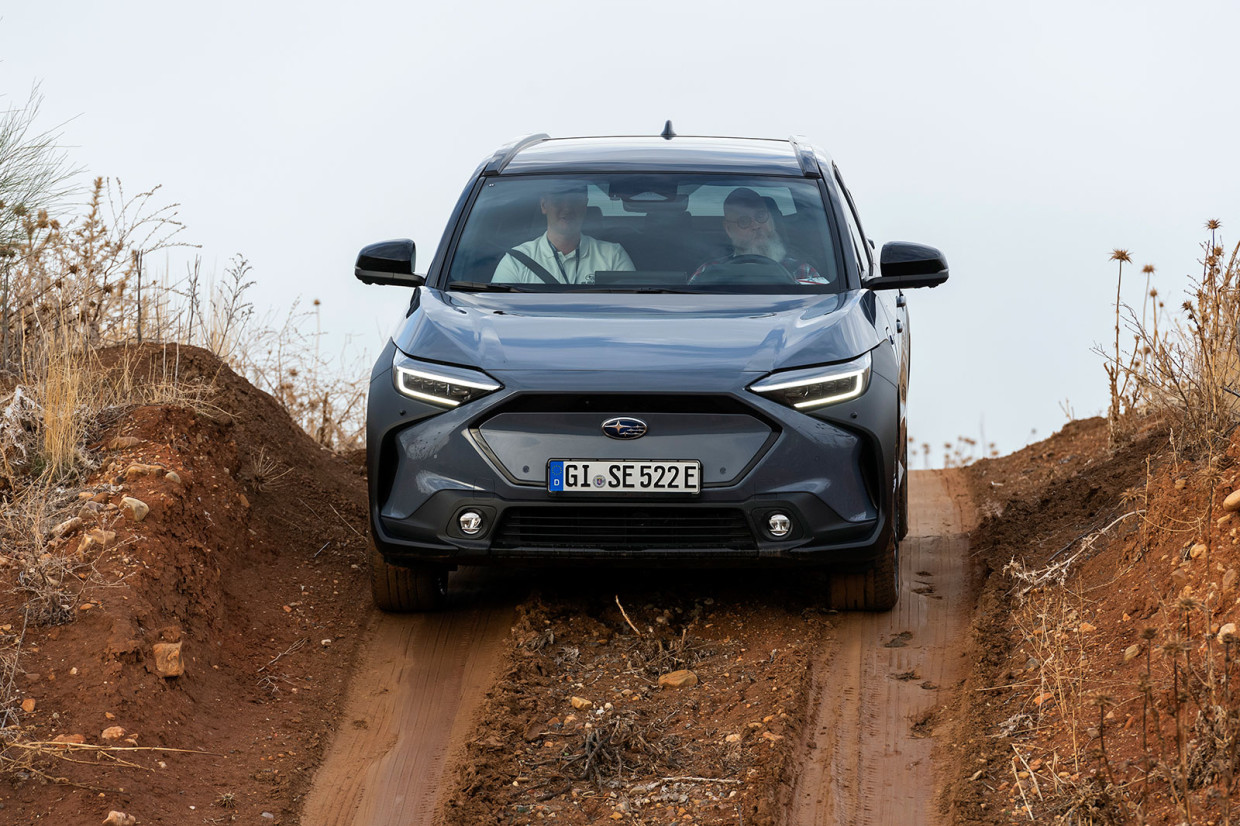
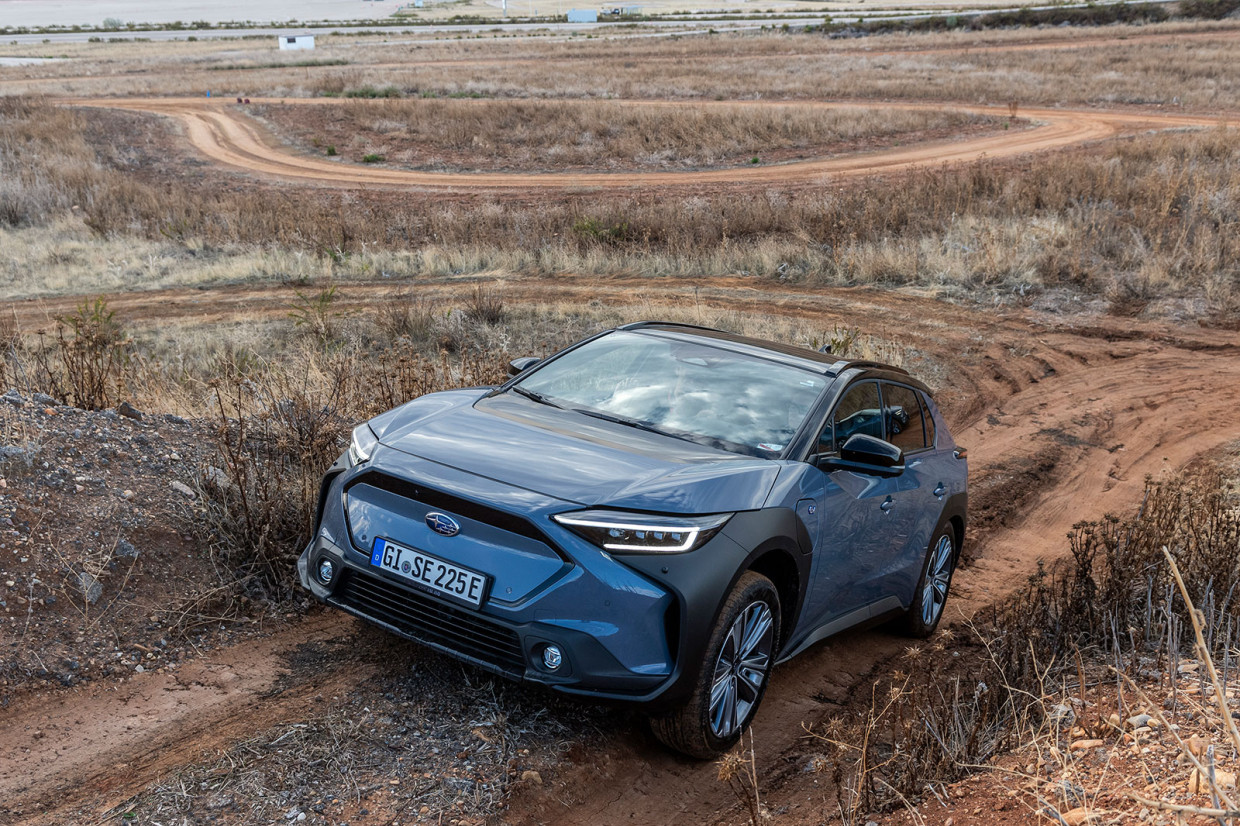
Subaru also tools up the off-road potential of the Solterra, showing those rally days aren’t totally behind it. We had it on a fairly challenging gravel track course, with sharp ascents and descents, as well as a water hazard. All of which were tackled with impressive ease by the Subaru, and all hazards beyond any you’re ever likely to encounter in your ownership. It was another good advert for how well EVs are suited to 4x4 driving thanks to the precise control of each wheel electric motors offer.
What’s it like inside?
Exactly like the Toyota BZ4X, yet with a Subaru badge on the steering wheel instead. While there are some changes to the exterior styling, there isn’t inside. Still, that’s not necessarily a bad thing.
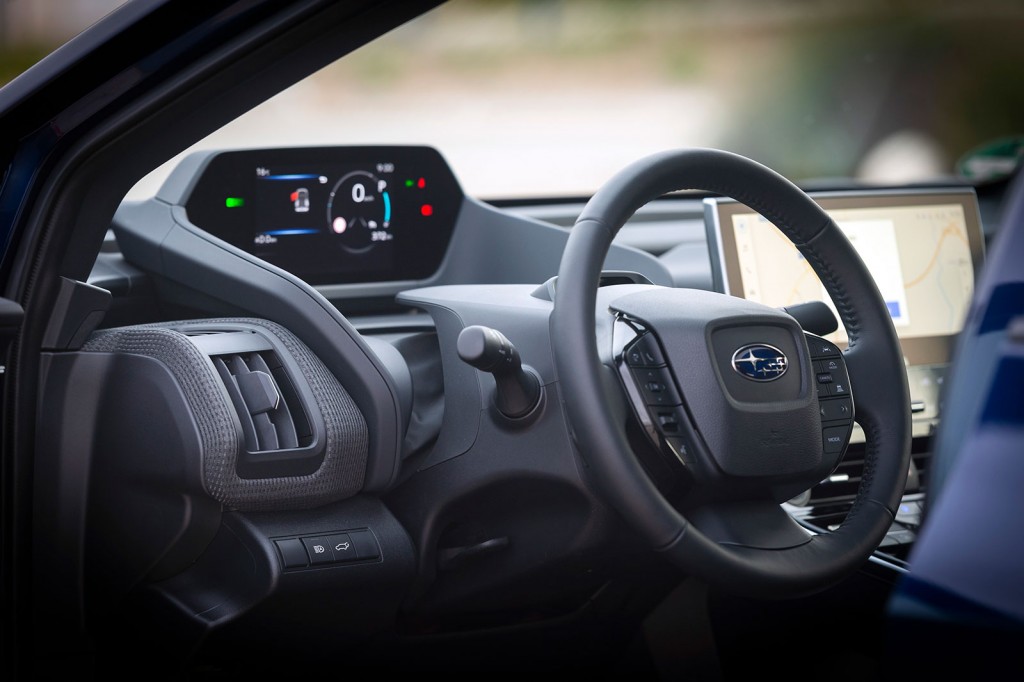
The interior has a bit too much black plastic and is a bit button-heavy, looking like a car from 10 years ago in places (particularly the steering wheel, which is trimmed in a bit of cheap-feeling faux leather). Yet all the controls fall easily to hand and it’s an easy interior to work your way around.
It’s a very spacious interior, too. The driving position is a good one, with excellent visibility and an airy feel. Rear passengers meanwhile can luxuriate with legroom that apes that of some luxury saloons. The boot might not be class-leading by the tape measure yet it is a very useful and usable size, and you won’t be struggling to squeeze a family’s worth of weekend luggage in there.
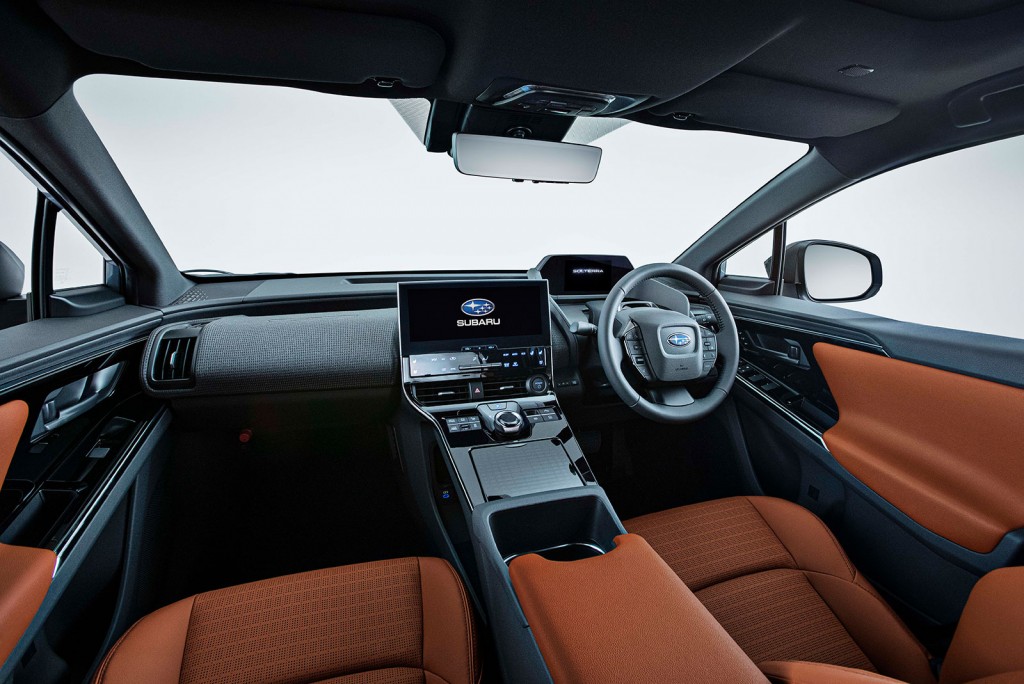
What rivals should I consider?
There’s the BZ4X, naturally, but you can flip a coin here. Otherwise, the Solterra has been built in the size/shape/range Venn diagram that so many other car makers are coming to, around 4.6-4.7 metres, with a crossover body style and a range plus or minus 300 mile. Take your pick from the likes of Ford Mustang Mach E, Hyundai Ioniq 5, Kia EV6, Tesla Model Y and VW ID4, all of which slip into this formula.
Verdict
We could copy and paste the BZ4X verdict here, as the two really are so similar both in the way they drive and with all the other rational qualities. Both come recommended, and are fairly evenly matched on price, so if you’re sold on them both, it’ll likely come down to whichever brand has a dealer closer to you (or, snigger, if you’re a geography teacher).
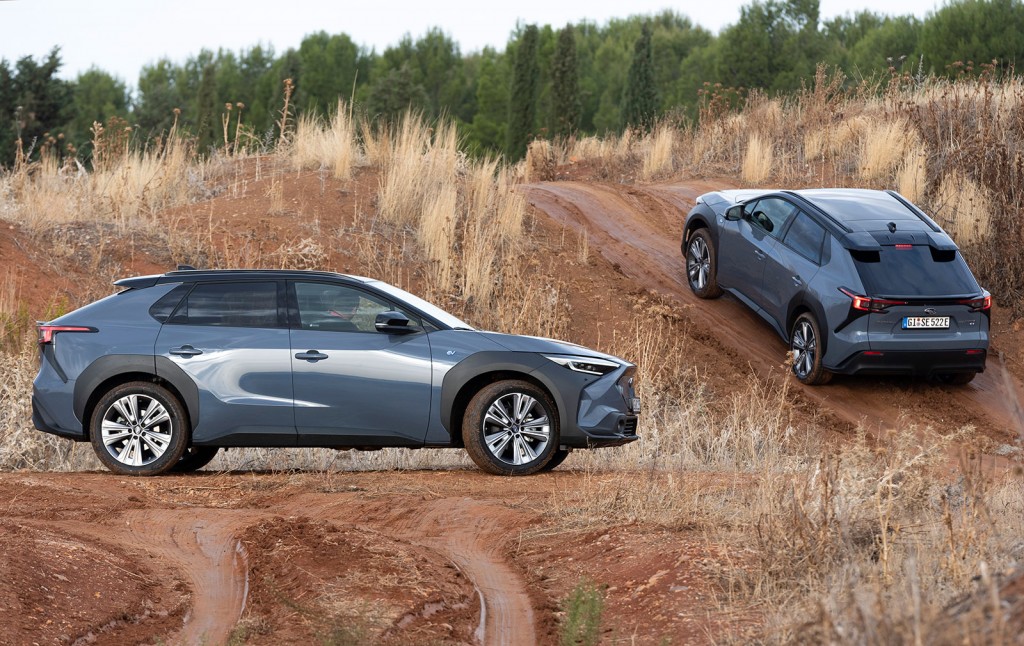
Subaru Solterra specifications
Price from: £49,995
Motors: Two permanent magnet synchronous motors
Gearbox: Automatic
Driven wheels: Four
Power: 160kW
Torque: 249lb ft
Electric range (official): 289 miles
Energy consumption (official): 3.9mpkWh
0-62mph: 6.9 seconds
Top speed: 99mph
Kerb weight: 2015kg
Length: 4690mm
Height: 1650mm
Width: 1860mm
Wheelbase: 2850mm
CO2, tax band: 0g/km, 2%
Rivals
READ MORE
Subscribe to the Move Electric newsletter
e-CARS
Chinese car brand Nio to expand into UK by end of 2023
Driving a Citroën Ami around London: five things we learned
New Polestar 3: 380kW performance EV aims to 'redefine' the electric SUV
e-BIKES
Seven essential accessories to improve your e-bike life
The Lake District village that's pioneering community e-bike schemes
e-MOTORBIKES
Honda to launch more than 10 electric motorbikes by 2030
New Zero DSR/X launched as electric adventure motorbike
Stilride: the brand reinventing electric motorbike production
e-SCOOTERS
8Tev B12 Roam e-scooter review
Pure Electric launches two new machines that 'reinvent' the e-scooter
Rise in e-scooter accidents prompts call for 'urgent' government action
e-WORLD
Artemis electric ferry revealed for Bangor to Belfast service
New Mobilize Solo Concept is a safety-conscious e-scooter rival
Volta Zero: the electric truck tearing up the rule book for the electric age

